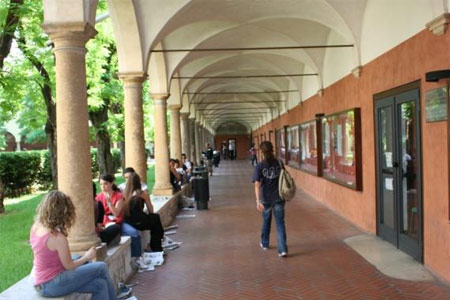- Didattica

Corsi di laurea
Corsi di laurea magistrale
POST LAUREA
- Facoltà
- Segreterie e sedi

Segreterie
Strutture
- Persone
- MY UNIVR
-
| Teaching is organised as follows: | |||
| Activity | Credits | Period | Academic staff |
| CARTA 4 | 4 | not yet allocated |
Angela Carta
|
| PORRU 4 | 3 | not yet allocated |
Stefano Porru
|
| D'ONOFRIO 4 | 1 | not yet allocated |
Mirko D'Onofrio
|
| BARBUI 4 | 1 | not yet allocated |
Corrado Barbui
|
| PICELLI 4 | 1 | not yet allocated |
Alessandro Picelli
|
The course aims to provide the resident with knowledge and understanding in-depth understanding of the following basic topics in order to deal with prevention, protection and promotion and management of health and safety in the workplaces.
The resident will acquire, also through examples from the field practical exercises and time devoted to personal development basic knowledge and understanding of:
- ergonomics, definition and history of ergonomics in Italy, role of occupational medicine
- main biomechanical overload pathologies
- risk assessment from biomechanical overload: technical standards in ergonomics, the technical standards of the ISO 11228 series and TR/ISO 12225
- biomechanical overload risk assessment in healthcare and the TR/ISO 12226
- the role of the competent physician
- health surveillance in workers exposed to biomechanical overload risk, guidelines for the management of the symptomatic worker and indications for the formulation of the IM
- discussion of difficult fitness cases and biomechanical overload problems
- the Mental Workload: the technical standards
- psychosocial risk factors
- work-related stress risk assessment: the role of the competent doctor
- night shifts: health issues, the decalogue
- discussion of concrete cases of difficult fitness and shift work
The examination is oral. The objective is to assess the attainment of the educational goals stated by the course. The exam might cover every item of the program.
The score is expressed in fifthies.
© 2002 - 2024
Verona University
Via dell'Artigliere 8, 37129 Verona |
P. I.V.A. 01541040232 |
C. FISCALE 93009870234